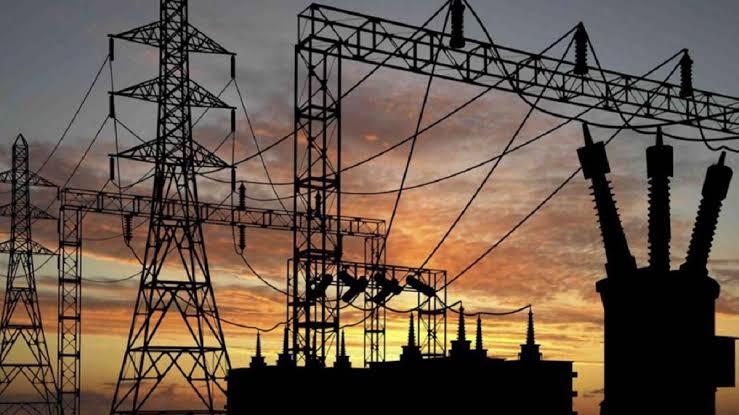
Electricity consumption by data centres is expected to more than double by 2030, fueled by the rise of artificial intelligence (AI) applications, creating new challenges for both energy security and global CO2 emission reduction goals, according to a report released by the International Energy Agency (IEA) on Thursday.
Currently, data centres account for about 1.5% of global electricity consumption. However, the IEA warns that this figure will surge as the demand for AI-driven technologies increases. Over the past five years, energy consumption by data centres has risen by 12% annually, and with the rapid expansion of generative AI, which requires massive computational power, this trend is set to accelerate.
The United States, Europe, and China together represent around 85% of global data centre energy consumption. Major tech companies are already seeking innovative energy solutions to meet their growing demands. Google, for example, signed a deal to source electricity from small nuclear reactors to power its AI initiatives, while Microsoft and Amazon have also made similar agreements to integrate nuclear energy into their operations.
At this rate, data centres are projected to account for about 3% of global energy consumption by 2030, which would be roughly equivalent to Japan’s total electricity usage today. The IEA forecasts that electricity consumption by data centres will reach approximately 945 terawatt hours (TWh) by 2030. To put this in perspective, a 100-megawatt data centre consumes as much energy as 100,000 households, while new, large-scale facilities under construction could use the equivalent energy of up to two million households.
Despite these energy challenges, the IEA notes that AI also holds potential to transform the energy sector by driving more efficient electricity production and consumption. While data centres are expected to significantly increase global energy demand, AI could help cut costs, improve competitiveness, and reduce emissions across the industry.
The rise of data centres is also expected to contribute to a substantial increase in carbon emissions linked to electricity consumption. From 180 million tonnes of CO2 in 2024, emissions could rise to 300 million tonnes by 2035. However, this is still a relatively small share of global emissions, which are estimated to reach 41.6 billion tonnes in 2024.
To address these challenges, the IEA highlights the ongoing shift toward renewable energy sources like wind and solar, alongside natural gas, as key solutions for reducing the carbon footprint of data centres. As the global demand for digital services grows, it will be crucial for governments and the private sector to work together to ensure sustainable energy practices in the rapidly expanding data sector.





